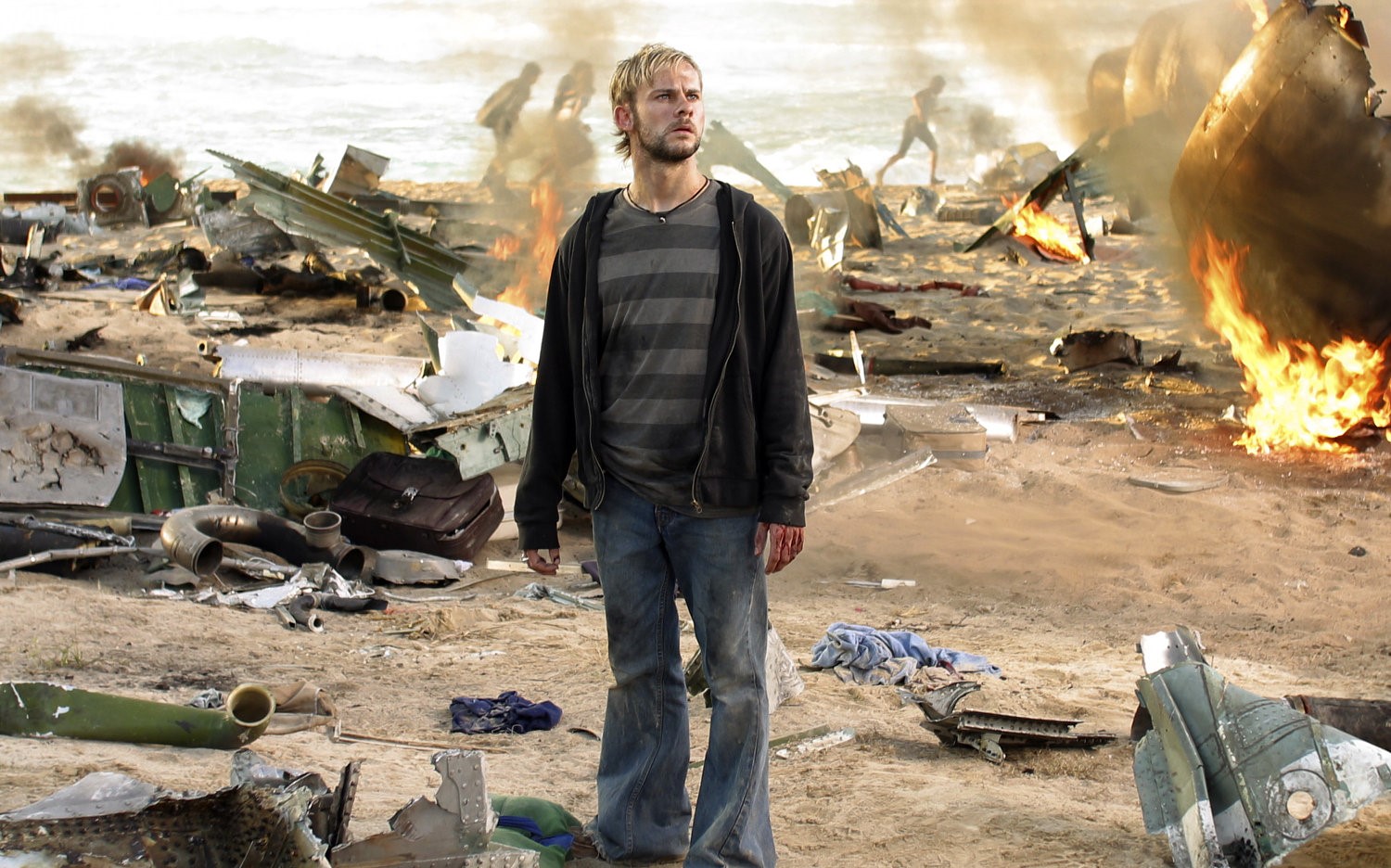Revisiting the ‘Lost’ Pilot 19 Years Later

It’s been nineteen years since Oceanic Flight 815 crash-landed on a deserted island. Created by J.J. Abrams, Damon Lindelof, and Jeffrey Lieber, Lost has become a cult television classic. When the series premiered in 2004, it was one of the few shows that challenged the rigid boundaries of network television. While cable channels like HBO were already producing series like The Sopranos and The Wire (kicking off the modern Golden Age of Television in the process), Lost was doing something similar within the confines of the network model. Lost wasn’t designed to copy the cable TV style for network TV but to reinvent the hour-long drama. And it didn’t waste any time: the show’s pilot episode has withstood the test of time and feels just as relevant as it did in 2004.
The pilot (a.k.a. the first-ever episode of a series) gives a general sense of a series’ tone. Sometimes that tone can change down the line, but it’s meant to draw viewers in and establish an audience. Popular series at the time, like 24 and Law & Order, followed the procedural structure, i.e. “case of the week”. Or, as initially coined by The X-Files, “monster of the week,” where the series’ protagonists battle a new threat each week. Even a series like The X-Files, which left its own mark on network programming, adhered to these conventions. The pilot of Lost introduced audiences to immediate urgency—the feeling of being thrust into chaos against your will.
The opening scene is a close-up shot of someone’s eye blinking open in a blind panic. Michael Giacchino’s haunting score, which sounds like electrical wires coursing with energy, permeates the atmosphere with a flurry of anxiety. This is how we meet Dr. Jack Shephard (Matthew Fox), one of the few passengers who survived the crash of Oceanic Flight 815. Confused and physically battered, Jack wakes up in an overgrown jungle. His eyes focus on a golden retriever amidst the thick forest of bamboo trees. He gets up in a haze, and the camera follows him to a beautiful beach, where a slow pan reveals the terrifying scene of a crashed plane’s fuselage and dead bodies strewn all over the beach. By then, Jack Shephard’s instincts as a doctor kick in, and he starts to check people for injuries.
We learn who Jack is later, but in the moment we are thrown into this chaotic scenario as we catch glimpses of other characters amongst the debris of the crash. Aside from Jack’s introduction in the first three minutes of the pilot, it’s never clear who else would be as crucial to the story. Therein lies the innovation of the series: It uses ambiguity as a narrative weapon, creating tension and mystery around an already precarious situation of a plane crash in the middle of a deserted island. Lost weaves and distorts timelines as the series begins to flash back and forth between the events on the island and each character’s past life. Lost reinvents the model, bouncing across timelines without adhering to any “case of the week.” Each episode (at least in the first two seasons of the show’s 6 season run) features a flashback from a character’s life that informs their attitudes and decisions on the island.
Broken into two parts, the pilot hits the ground running by establishing the severity of the survivor’s situation. The pilot also expects viewers to key to small details and keep up with the narrative. Things begin to happen on the island that defy nature itself. Why is there a white polar bear on a tropical island? How could it possibly survive under those conditions? What’s the black smoke that mysteriously travels the island in a flash? Some of these questions are answered later in the series, while others are never answered at all. Lost made it okay to leave questions unanswered. It challenged viewers to make their own assumptions about specific plots and characters, leaning into an ambiguity that few other series explored.
The pilot’s final scene sees the survivors, including Jack, crowded around the plane’s transceiver, listening to a transmission sent from the island in French. They discover that it has been running on a loop for the last 16 years, hoping to be heard. The message was translated by Shannon (Maggie Grace), one of the other survivors, into the spine-chilling words, “I’m alone now, on the island alone. Please, someone, come. The others … they’re dead. It killed them. It killed them all.” As the camera makes dizzying circles, someone from the group whispers in horror, “Where are we?” and the scene cuts to black.
Lost is one giant question, perhaps the most predominant among human beings: Why are we here? What is our purpose? Charlie’s (Dominic Monaghan) bleak question about where they are quickly morphs into a sense of existential dread throughout the series. Location is irrelevant when the focus turns to the intercrossed connections of these characters and their lives before the island. The island is their meeting point. Storytelling changed the day Lost reshaped the confines of the network series. It eased the need for neatly written stories that require all questions to be answered by the end of the episode. And the series defined a second chance at pushing creative boundaries that would otherwise remain stagnant.
(featured image: ABC)
Have a tip we should know? [email protected]
